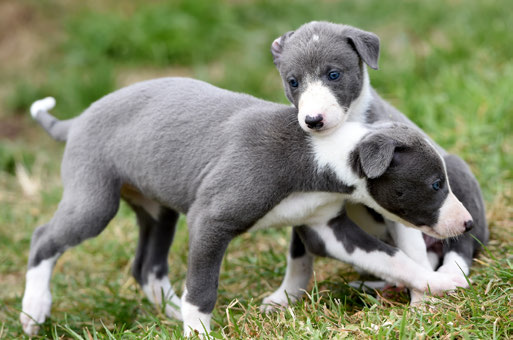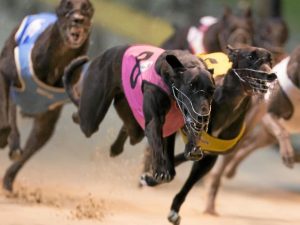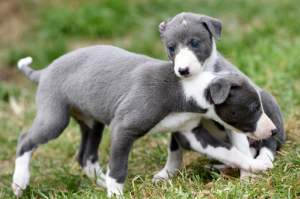
Not every dog is suited to racing.
Many greyhounds bred in Australia each year are surplus to requirements. The industry calls them ‘initial wastage’ and they are discarded much like a losing lottery ticket. This is compounded by Ongoing ‘wastage’ as greyhounds are retired from racing or discarded because they are injured or do not perform as well as expected.
Wastage refers to animals bred for only one purpose and that are discarded and often subsequently killed. Breeding fell dramatically following the exposure of mass killing and live baiting across the industry. However, it is now on the increase with a 50% increase in puppies bred for racing in NSW since 2017 and a 72% increase in Victoria.
Participants are lured by prize money inflated by state governments but also by breeding incentive schemes. This is despite the industry knowing there is a huge over supply of greyhounds. The industry is currently breeding four times more greyhounds than it has the capacity to rehome.
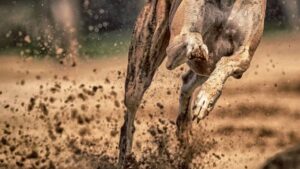
CPG’s 2025 report on overbreeding reveals the national dog racing industry:
- is the largest puppy farming enterprise in Australia – it now breeds more than 10,000 pups annually (which is about 85% of its highest whelping rate back in the bad, old days before the McHugh inquiry in NSW during 2015-16),
- is inefficient, with many pups not making it to the track (these dogs are never named, are called ‘wastage’ by the racing industry and are discarded),
- must improve its utilisation rate to prevent overbreeding in hope of fluking a winner (all states fail to publish this rate, except NSW (75%) and there are no public records kept anywhere on what happens to discarded puppies),
- breeds four times more dogs than it can rehome each year.
The Special Commission of Inquiry into the Greyhound Racing Industry in NSW found that ‘the most significant contributor to immediate wastage is the number of greyhound pups whelped each year that are simply uncompetitive. Some of these greyhounds are discarded by the industry without having any racing careers. Additional greyhounds are discarded following a racing career of short duration.’
The solution to this problem is a cap on the number of greyhounds bred. The Greyhound Welfare and Integrity Commission in NSW is empowered to set and enforce breeding numbers, but has failed to act so far.
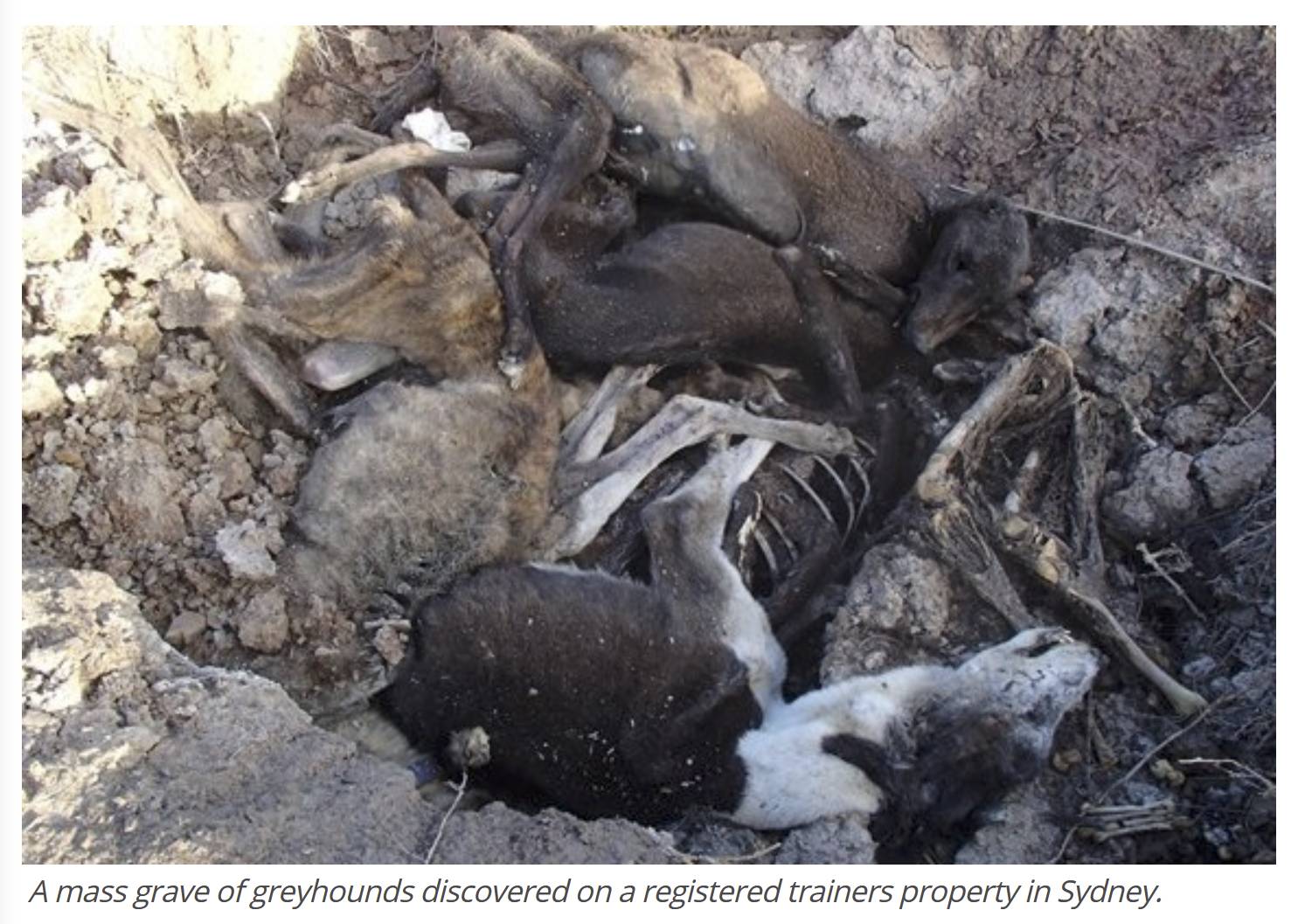
- “All state authorities should adopt enforceable breeder standards with regular inspection of breeding establishments to ensure compliance. These standards should require education to at least a Certificate III level for those involved in Greyhound breeding and rearing.
- All Greyhounds must be provided with appropriate environmental enrichment and opportunities to socialise with a range of different people and other animals in varying environmental situations, from puppyhood onwards.
- A national database should be established to track the entire lifecycle of the dogs.
- The community has an expectation that overbreeding should not occur.
- Crikey, Greyhound overbreeding surges and death toll mounts, Bernard Keane, 25 May 2025,
- RSPCA Knowledge Base: What are the animal welfare issues with greyhound racing
- ABC online news, Greyhound industry figures discuss more breeding to keep industry going, Leah MacLennan, 25 May 2024,
- Crikey: ‘Feel-good’ greyhound story disguises an industry indifferent to overbreeding
